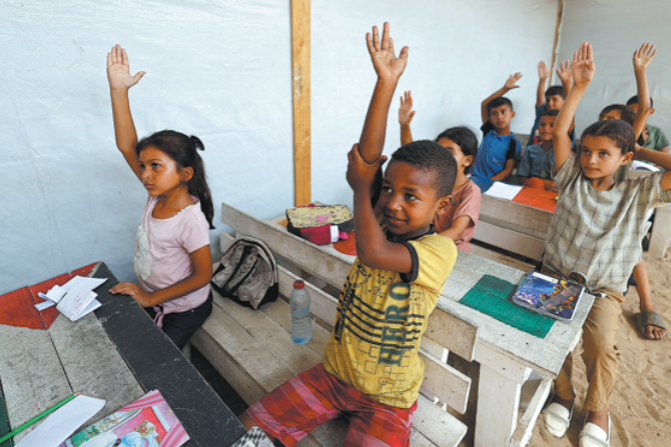Africa facing the sharpest impact as donors cut education funds


More than half of an estimated 6 million additional children who could be out of school by the end of 2026 will be from Africa, while around one-third of them will be due to humanitarian issues, United Nations Children's Fund has warned in a new report. As global education funding faces steep cuts, the number of out-of-school children worldwide could rise from 272 million to 278 million.
In its report titled "Education aid cuts: A broken promise to children" released on Wednesday, UNICEF revealed that Sub-Saharan Africa faces the greatest risk from funding cuts with more than 3 million children at risk of dropping out of school followed by the Middle East and North Africa at 1.4 million. Cote d'Ivoire and Mali from West Africa also face some of the greatest risks, with enrolment at risk of declining by 4 percent or equivalent to 340,000 and 180,000 students, respectively.
Catherine Russell, UNICEF executive director, said that cuts to global assistance are putting young lives and futures at risk since many governments have already reduced their development and humanitarian budgets, and UNICEF expects at least a 20 percent drop in income over the coming four years.
"Every dollar cut from education is not just a budgetary decision, it is a child's future hanging in the balance. Education, especially in emergency settings, often serves as a lifeline, connecting children to essential services like health, protection, and nutrition. It also provides the strongest opportunity for a child to escape poverty and build a better life," Russell said.
Globally, primary education is expected to receive the hardest blow with funding set to fall by a third, which will further deepen the learning crisis and put affected children at risk of losing an estimated $164 billion in lifetime earnings.

































